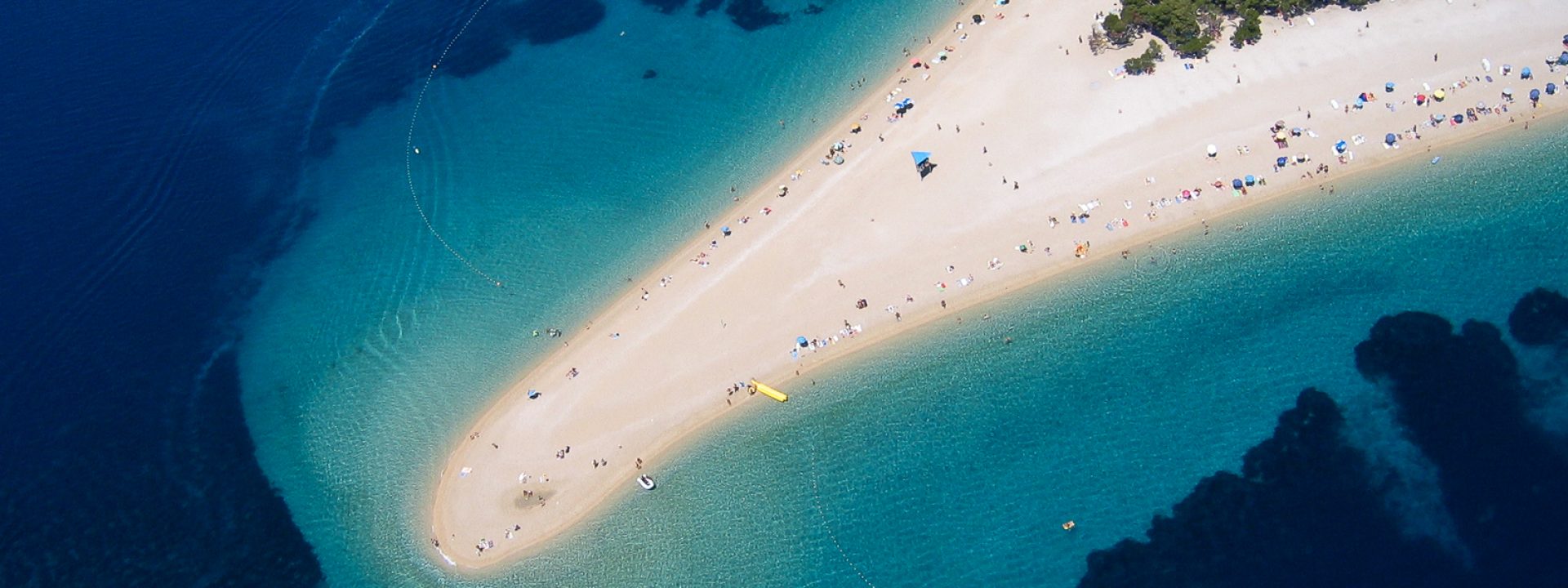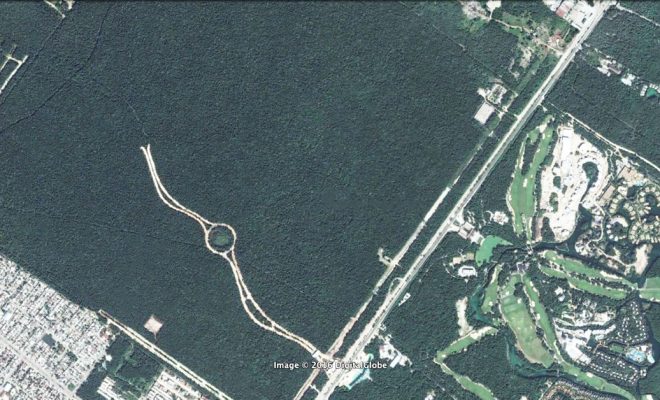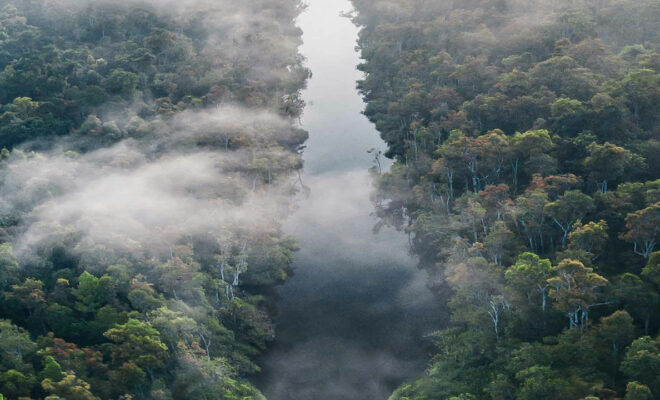Tourism provides over 10% of the world GDP and generates around 115 million jobs. It is a growing industry on a global scale, with 1.133 billion international arrivals registered by the World Tourism Organization (UNWTO) in 2014, with an estimation of 1.8 billion arrivals by 2030.
Nowadays, tourism absorbs 1% of the global consumption of water. This is a quantity that seems of little importance if we compare it to the agricultural sector, which consumes nearly 70% of the supplied water in the world, or to industry, which reaches 19%. However, in some emerging countries, in which tourism is a cornerstone of their development, consumption exceeds 7%, and in some islands such as the ones in the Caribbean or in Polynesia, the tourism sector is the main consumer of water.
The average water consumption of the world tourist is very high. The data collected in Spain, a world tourism power (11% of the GDP and nearly 13% of the employment) confirm this: while an average citizen consumes 127 litres per day, the consumption of a tourist ranges between 450 and 800 litres, depending on the season and the area. These figures are calculated based on the hotel and restaurant expenditure (kitchen, laundry, toilets, swimming pools, cooling and irrigation), as well as activities such as golf, saunas, theme parks and municipal spending in hygiene services.
This consumption tends to increase and may reach 2000 litres per day in areas located in the tropical belt, and in hotel terms it can reach 3423 litres per day and room, according to data of the UNWTO.
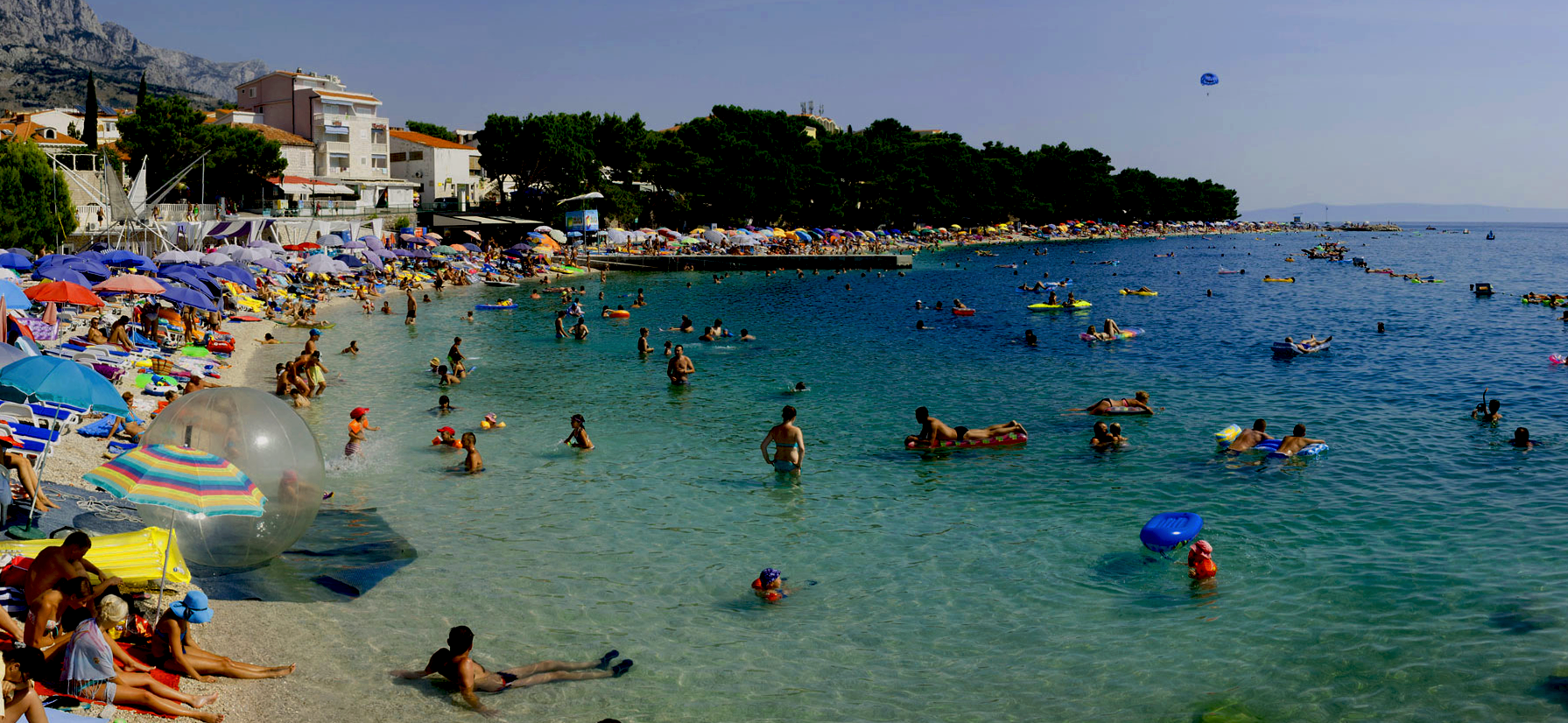
Croatia. Mediterranean. @pasosypedales.blog
Tourism is therefore an important factor in the increase of hydric stress in countries that are already suffering it and that are, in general, the more threatened ones by climate change. “Sun and beach” are terms that are very often close to “drought and environmental vulnerability”. This is a trend that will be sped up by climate change, putting a factor of economic growth in check, which many developing countries need to pull themselves out of poverty.
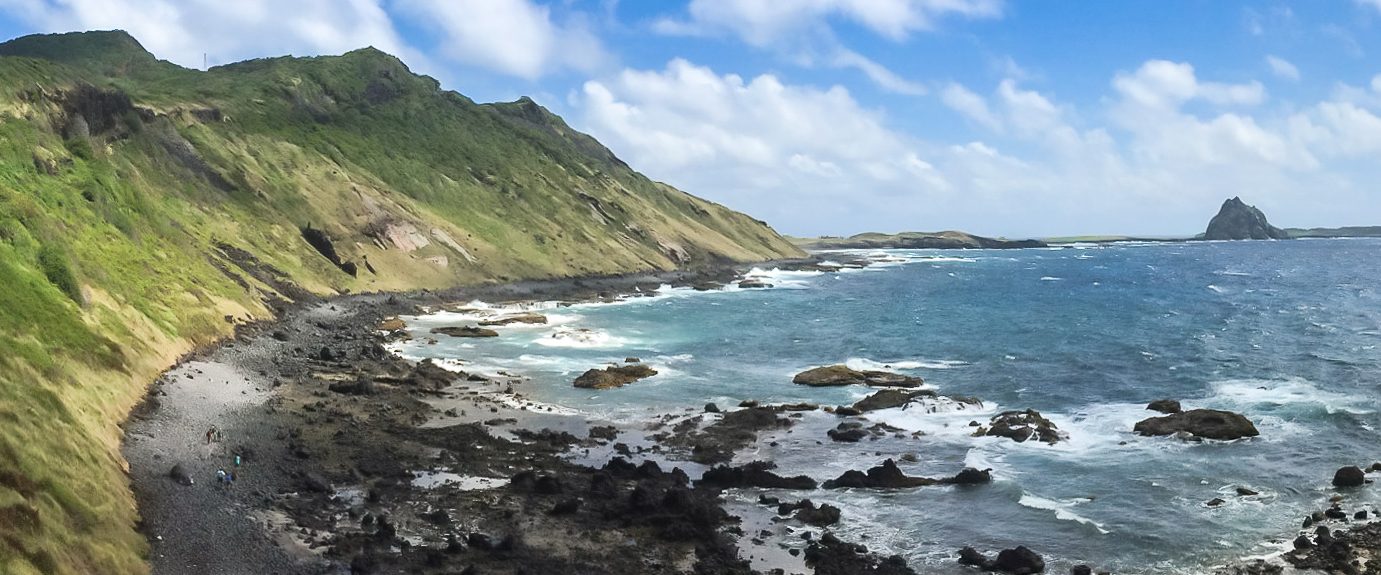
Fernando de Noronha, Brazil. © f.ermert
According to AR5, the report on climate change issued by the Intergovernmental Panel on Climate Change (IPCC) of United Nations, forecasts indicate that many areas in which tourism is a key economic factor will register a decrease in rainfall in the next few decades. It will rain less in the Mediterranean, Northern Africa, Middle East, Central America and the northern and southern tips of South America, Southern Africa, Southern Indonesia, Australia and most areas of Polynesia. In many countries in the tropical and subtropical belt, the risk of extreme events such as floods and cyclones will also be an upward factor, as it is already happening.
But climate change also threatens to lead to the disappearance of many destinations due to the rising sea levels caused by polar ice melting. According to AR5, the increase of the average sea level will continue during the 21st century, probably at a faster rate than the one analysed between 1971 and 2010, and will range between 0.26 and 0.55 metres, something that could be fatal for some Polynesian islands that could even disappear. The rising sea levels also have an impact on the flooding of wetlands and the pollution of aquifers, affecting the supply of freshwater and causing the habitat loss of many species of flora and fauna.
This directly affects many existing tourist destinations and it is an important constraint to the development of the sector in those areas. The modern tourist sector is aware of this reality and it advances towards solutions that take into account a proper management of the travelling population, something that is essential in countries such as Spain, in which tourism is already fully developed, and also in emerging countries that see it as a growth factor.
As explained by Miguel Ángel García, director of the Portfolio and Expansion Business Area at Iberdrola Inmobiliaria in this video during the debate Smart Water, Smart Cities organized by the We Are Water Foundation at the iWater show in Barcelona, “water is one of the key resources both for the definition of infrastructures and landscaping.”

As stated by García, the sector evolves towards sustainable solutions that are increasingly demanded by clients. This is the key to evolve, and some destinations are becoming real models of hydric and energetic efficiency and of respect to the environment, and can even help to regenerate it. The reuse of water with renewable energies, the recovery of plant life with indigenous species and the recycling of waste are the base of the design of modern tourist resorts that show us a sustainability model that may be applied to any type of residential area.
Water is one of the key lines of work in any tourism expansion policy, as explained by Xavier Torras, director of the We Are Water Foundation, in this video:

Indeed, raising awareness of the perception of consumption by customers is essential, but high consumption rates can also be related to inefficient procedures. This is what has happened in Spain and in many Mediterranean countries in the last few decades: areas with a tourist tradition that were poorly planned and built without a consciousness of the water consumption and the management of waste. It is necessary to advance towards a well-planned tourist offer and an efficient financial management in these areas.
The green tax (the sustainable tourism tax), which is already applied in some Spanish regions such as Catalonia and the Balearic Islands, could be a tool that leads to a tangible regeneration.
The world looks upon the tourist industry as a reference of harmonious development with the environment. The UN General Assembly appointed 2017 as the International Year of Sustainable Tourism for Development. We are therefore at a crucial moment to foster change in the policies, the business practices and the behaviour of consumers for the sake of a kind of tourism that contributes to the attainment of the Sustainable Development Goals.


